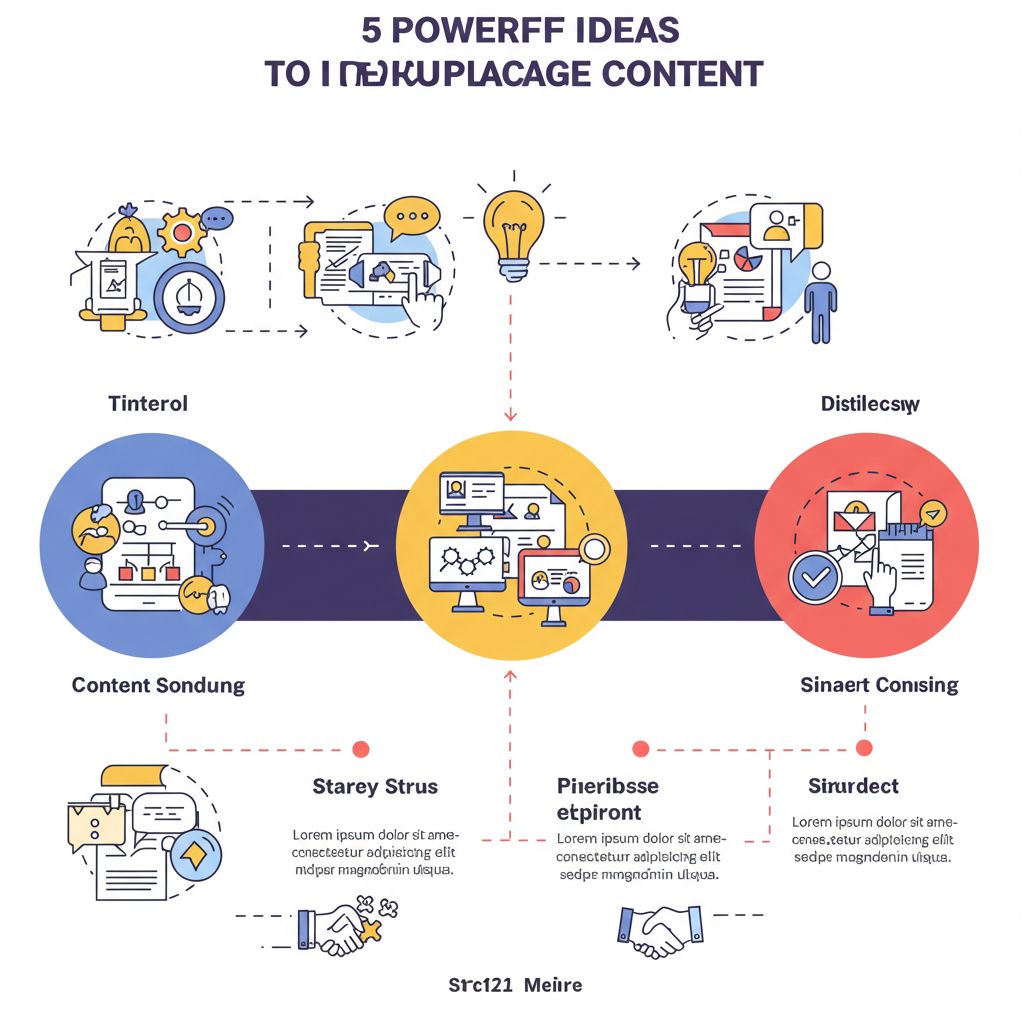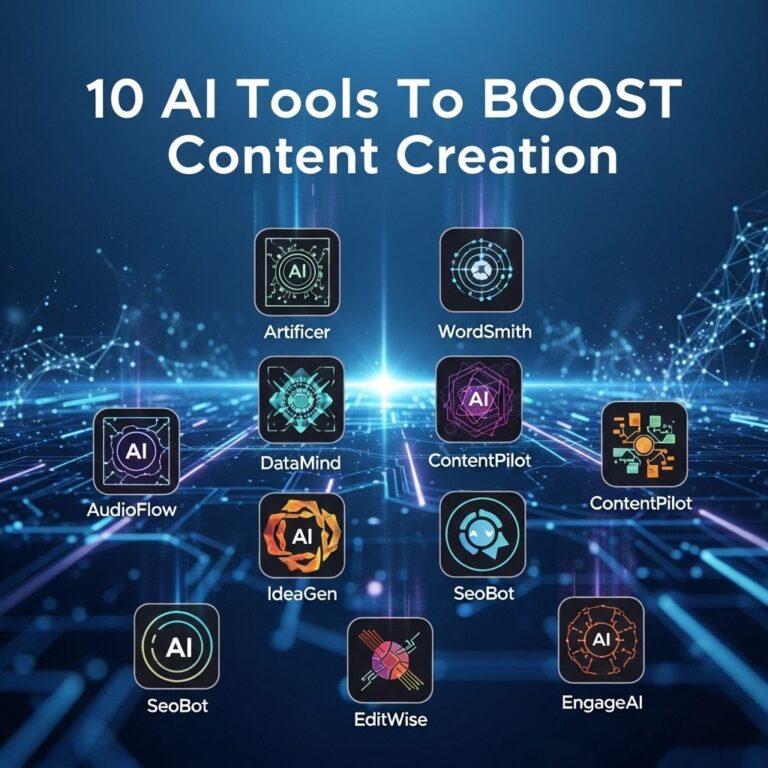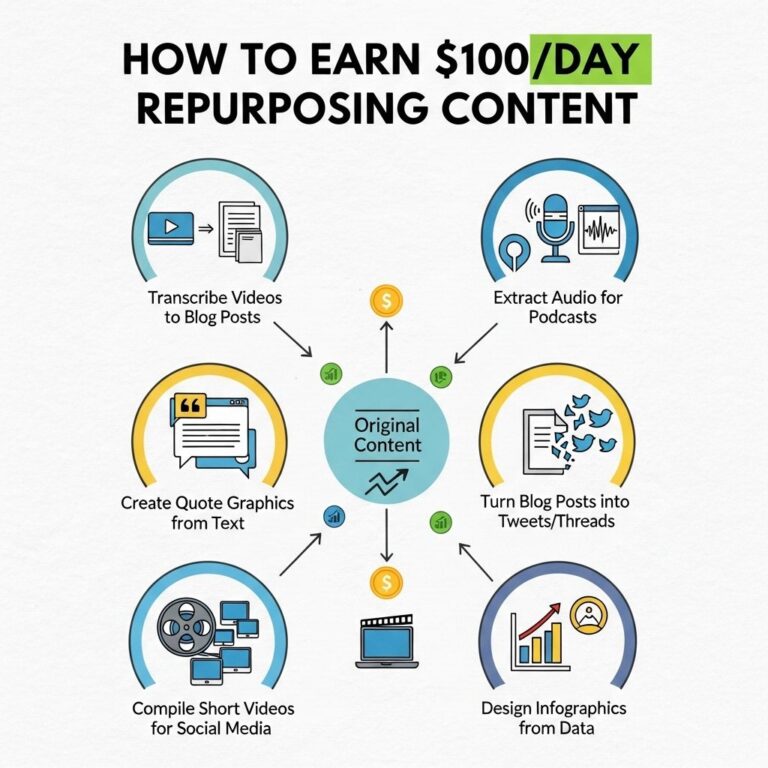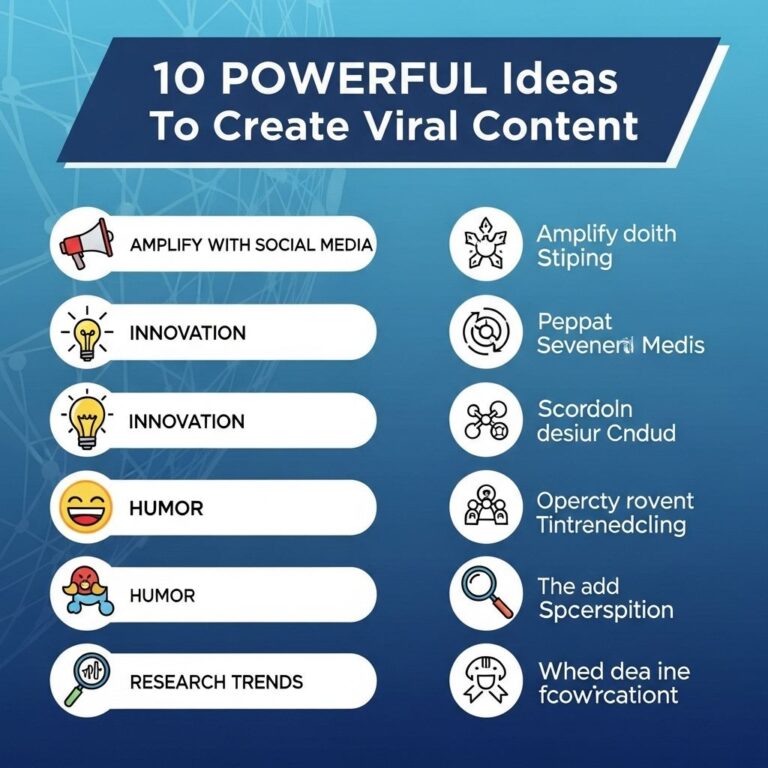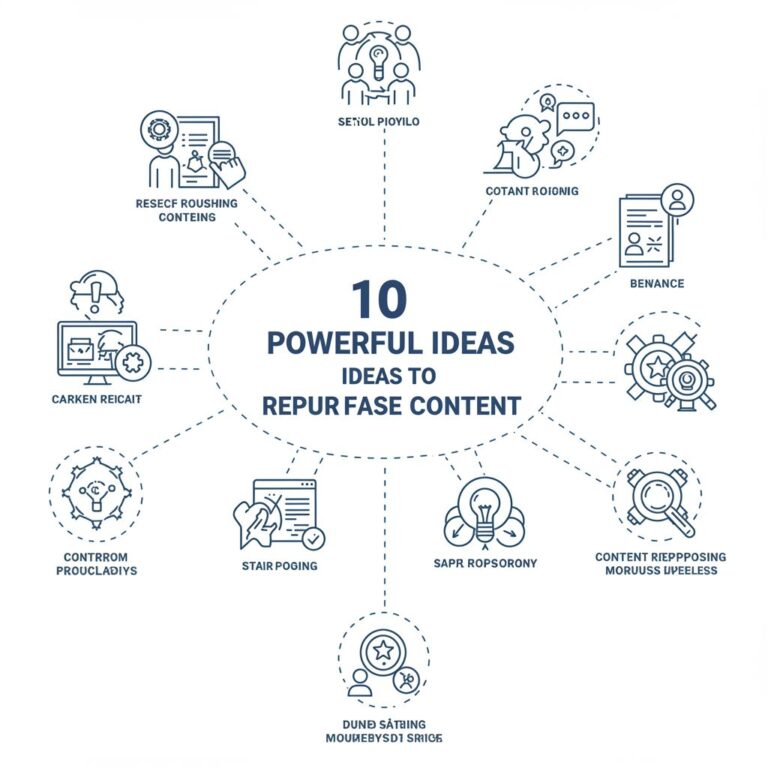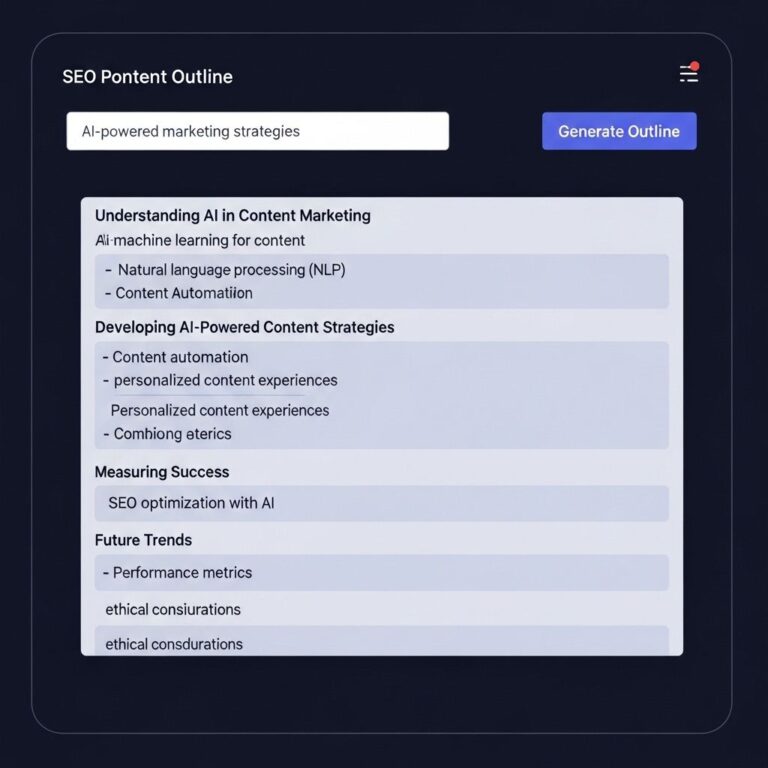In a world overflowing with information, content creators are constantly seeking innovative ways to engage their audience. Repurposing content is a strategic approach that not only maximizes the use of resources but also helps in reaching different segments of the audience across various platforms. By leveraging existing content, creators can save time, increase visibility, and enhance engagement. Here, we explore five powerful ideas to repurpose your content effectively.
Table of Contents
1. Transform Blog Posts into Visual Content
One of the most effective ways to repurpose content is by converting textual blog posts into visually engaging formats. Visual content tends to attract more attention and can be shared easily across social media platforms.
Infographics
Infographics are a popular choice for visual content. They can take complex information and present it in an easily digestible format. Here’s how to create an infographic from a blog post:
- Identify key points and data from your post.
- Choose a visually appealing layout.
- Use tools like Canva or Piktochart to design your infographic.
- Share it on social media and embed it in your original blog post.
Slide Decks
Another visual format is a slide deck, which can be shared on platforms like SlideShare or LinkedIn. To create a slide deck:
- Summarize the blog content into slides.
- Add visuals, charts, and bullet points for clarity.
- Use a consistent theme and branding.
2. Create Video Content
Video content is thriving, with platforms like YouTube, TikTok, and Instagram prioritizing it in their algorithms. Repurposing a written piece into a video can significantly expand its reach.
Types of Videos
Consider these formats for your video content:
| Format | Description |
|---|---|
| Explainer Videos | Summarize key points of your blog post. |
| Webinars | Host a live session discussing the topic. |
| Short Clips | Share bite-sized insights on social media. |
Tips for Creating Engaging Videos
Keep these tips in mind:
- Start with a hook to grab attention.
- Keep it concise and focused on key messages.
- Add subtitles for accessibility.
3. Develop Podcasts
The popularity of podcasts has soared, making it an excellent medium to repurpose content. By converting written articles into audio format, you can reach an audience that prefers listening over reading.
How to Create a Podcast Episode
Follow these steps to create a compelling podcast episode:
- Script or outline the main points of your blog post.
- Record your episode using a good quality microphone.
- Edit for clarity and conciseness.
- Publish it on platforms like Spotify or Apple Podcasts.
4. Create Social Media Posts
Social media is the perfect avenue to share snippets of your existing content. By breaking down your blog posts into smaller, shareable posts, you can engage your audience and drive traffic back to your website.
Types of Social Media Posts
Consider these formats:
- Quotes: Share impactful quotes from your content.
- Tips: Create a series of quick tips based on your article.
- Polls: Engage your audience with polls related to your topic.
Strategies for Effective Social Media Sharing
When sharing your content on social media:
- Use eye-catching visuals.
- Include relevant hashtags to increase reach.
- Engage with comments to foster community.
5. Compile E-books or Guides
For those looking to give their content a more substantial form, creating an e-book or comprehensive guide can be a great option. This can be particularly useful for blogs with a series of related posts.
Steps to Create an E-book
To create an e-book from your content:
- Choose a theme or topic that ties together your blog posts.
- Organize the selected articles into chapters or sections.
- Add new insights, updates, and visuals to enhance value.
- Design a professional layout using tools like Adobe InDesign or Canva.
Distribution Strategies
Once your e-book is ready, consider these distribution strategies:
- Offer it as a free download in exchange for email subscriptions.
- Promote it on social media and your website.
- Partner with other influencers for broader reach.
Conclusion
Repurposing content is not just about recycling old ideas; it’s about maximizing the value of your content while reaching new audiences. By using the methods outlined above, you can ensure that your content remains relevant and engaging across various platforms. Embrace these strategies, get creative, and watch your content engagement soar!
FAQ
What are effective ways to repurpose blog content?
You can turn blog posts into infographics, podcasts, videos, social media posts, or eBooks to reach different audiences.
How can I repurpose video content?
Video content can be repurposed into shorter clips for social media, transcribed into articles, or transformed into slideshows.
What is the benefit of repurposing content?
Repurposing content helps maximize your content’s lifespan, improves SEO, and allows you to reach audiences on various platforms.
Can I use user-generated content for repurposing?
Absolutely! User-generated content can be showcased in testimonials, case studies, or shared as social media highlights.
How do I turn a webinar into repurposed content?
You can repurpose a webinar into a series of blog posts, an eBook, or create bite-sized video clips for social media.
What types of content are best for repurposing?
High-performing content such as guides, tutorials, and case studies are excellent candidates for repurposing due to their valuable insights.

